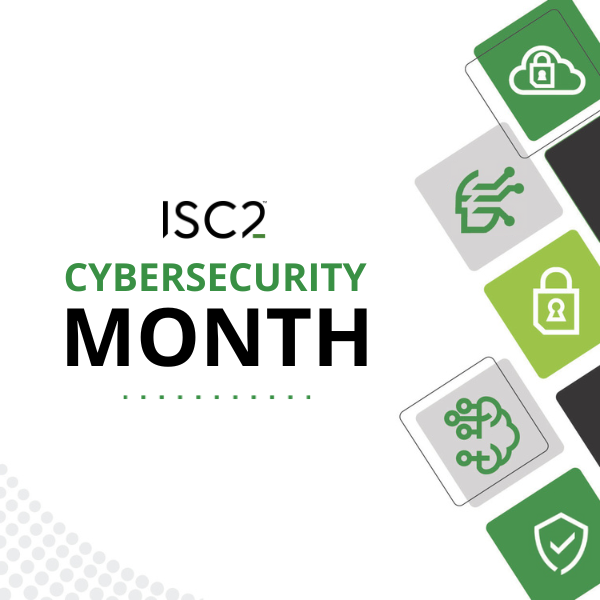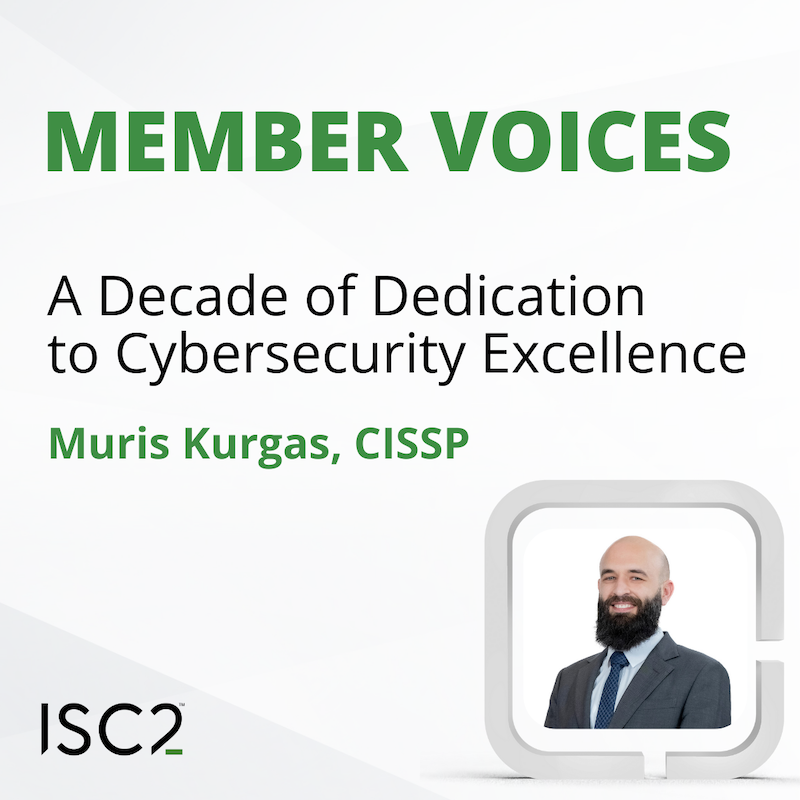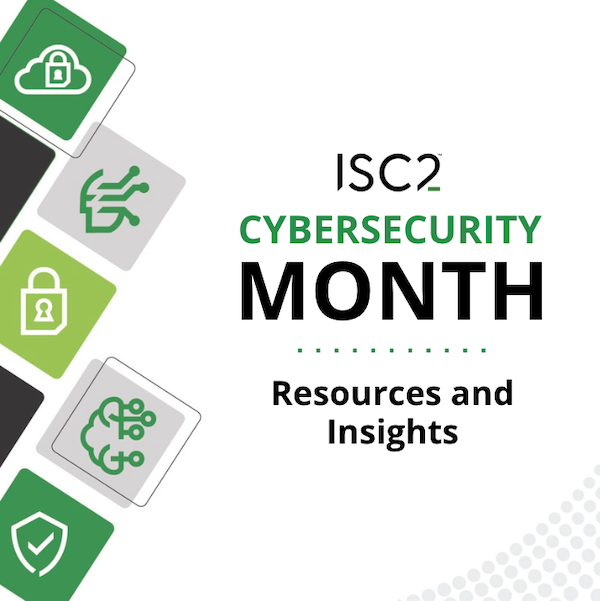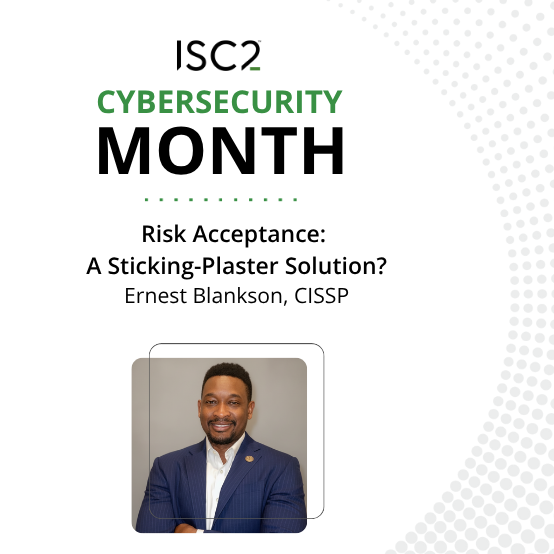Customer security questionnaires are more than just compliance exercises; they are trust accelerators. Bhavya Jain, CISSP, shares his experience of implementing a vendor-neutral, automated solution to streamline CSQ responses and better support the organization.
.png?h=300&w=600) Disclaimer: The views and opinions expressed in this article belong solely to the author and do not necessarily reflect those of ISC2.
Disclaimer: The views and opinions expressed in this article belong solely to the author and do not necessarily reflect those of ISC2.
As a security leader, I’ve found that how well we respond to customer security questionnaires (CSQs) can strongly influence whether we gain or lose a customer. They are more than just compliance exercises; they are trust accelerators. Yet many organizations still rely on inefficient, manual processes to handle them.
In working to streamline and improve our use of CSQs, I’ve noted what worked and what didn’t, and how automation significantly reduced response times, increased consistency and improved internal alignment – ultimately positioning security as a business enabler. This is that story.
Manual and Messy
At the outset, our CSQ response process was entirely manual. We would receive lengthy questionnaires from potential customers – typically as part of the vendor evaluation process featuring anywhere from 100 to 400 questions – and distribute them to our own internal subject matter experts (SMEs) by email or spreadsheets. Consequently, the answers we received back from our internal SMEs were inconsistent, often out of date and even tracked in different versions.
This approach not only delayed deal cycles but exposed us to reputational risks when clients spotted discrepancies. It motivated me to take a calculated step toward automating our CSQ procedure.
The Review
I started by centralizing and cleansing our existing answers. Working closely with stakeholders from security, legal, IT and compliance, we developed a knowledge base of approved responses, mapped to our actual security controls and aligned with frameworks like NIST CSF and ISO/IEC 27001.
Did it work first time? No.
Our first attempt at importing historical responses into the system failed: many answers were stale, vague or duplicate. I realized we needed a review board to validate content before it could be reused. That became a standing function, with quarterly review cycles and designated owners for each domain (e.g., IAM, incident response, encryption).
With this in place, we were then able to integrate content into a workflow-driven process that allowed teams to respond to questionnaires faster, more accurately and more consistently. Automation didn't eliminate human input, rather it elevated it, allowing our experts to focus on exceptions and sensitive answers while the system handled the standard ones.
Positive Impacts
We were able to measure the impact of the project using both quantitative (hard) and qualitative (soft) metrics, providing a clear view of how automation transformed our CSQ response process.
In respect of time, turnaround times dropped by over 60%. We found that we were able to respond to standard/routine CSQs in less than three days.
Our consistency and accuracy improved dramatically. Responses reflected our current practices and passed internal and external audits more easily. Responses were aligned with our current security controls and policy language, which helped reduce audit findings and follow-up questions. We observed fewer gaps in documentation during both internal and external audits. Reviewers were able to promptly link questionnaire answers to validated procedures and supporting data.
While it might be a soft metric, it’s important to note that internal confidence grew. By this, I mean that our business and legal teams gained greater trust in our security team’s ability to support client engagement quickly and credibly.
Several lessons also emerged:
- Automation Is Not a Substitute for Governance – Without oversight, automation amplifies confusion.
- Change Management is Critical – Early involvement of stakeholders ensured adoption and alignment.
- Review Cycles Must be Built-In – This keeps answers relevant and accurate as the organization evolves.
Significantly within the business, automating our CSQ responses helped redefine the cybersecurity team's role. We were no longer viewed as a roadblock, instead becoming seen as a strategic asset that supports revenue growth and enhances client trust. It’s also worth noting that the project improved our control testing and audit readiness efforts, since the knowledge base serves to reflect actual practices.
Recommendations
Automation is a wise, calculated investment if you're having trouble with inconsistent or ineffective CSQ responses. Here are five doable suggestions to help you get started and maintain success, based on our own experience:
- Give Content Quality Top Priority – Perform a comprehensive audit of your current CSQ responses prior to implementing any automation. Replace answers that are out-of-date, ambiguous, or repetitive with precise, vetted language. This initial investment minimizes confusion or rework later and guarantees that your knowledge base becomes a trustworthy source of truth.
- Obtain Cross-Functional Support – From the start, include the business, IT, cybersecurity and legal teams as important stakeholders. Their involvement guarantees that responses are in line with more general business goals, are technically correct and are safe under contracts. Early cooperation speeds up adoption, lowers resistance and facilitates process integration into daily operations.
- Clearly Define Ownership – Assign domain owners to manage the content pertaining to their specialization (e.g., incident response, identity management, encryption). Assign them the responsibility of routinely reviewing, updating and approving content. This maintains the knowledge base in line with changing procedures and controls while also guaranteeing accountability.
- Calculate the Impact – To monitor progress and prove return on investment, clearly define metrics early on. Stakeholder satisfaction, the percentage of questions answered from the knowledge base, the number of issues noted in reviews and the CSQ turnaround time are examples of key performance indicators. Frequent reporting enables you to identify patterns and make wise corrections.
- Conduct Routine Reviews – Include regular review cycles in your security program; a quarterly review cycle is a good place to start. Consider the automation process to be a dynamic system that changes as your organization does. As your infrastructure, policies and regulatory environment change, regular updates guarantee that your responses stay relevant and trustworthy.
Final Thoughts
In addition to streamlining operations, automating our CSQ response process has improved the standing of cybersecurity within the organization. What used to feel like a bottleneck is now a source of strategic value that improves audit readiness, speeds up deal cycles and strengthens customer trust.
CSQ automation presents a high-leverage opportunity for organizations looking to improve cross-functional cooperation and operational maturity. It turns a reactive task into a proactive driver of business enablement when implemented carefully, with high-quality content, distinct ownership and ongoing governance.
Bhavya Jain, CISSP, has 15 years of experience in fintech, banking, consulting, law firms and services industry. He has held management and technical lead roles, with responsibility for executing security strategy, threat detection and response, compliance and risk mitigation. His cybersecurity work spans threat detection, incident response, application and cloud security, AI-driven defense and governance, risk and compliance.
ISC2 WebinarNew to the security industry? Or thinking about transitioning into an information security role? If so, this webinar is for you. Please join us for a virtual webinar, Security Industry 101: What Every Newcomer Needs to Know on October 24 at 1:00 p.m. ET. The session will cover what you need to know about the cybersecurity field including:
|



